Description
Hand wash, also known as hand soap, is a liquid or foam product used for cleaning hands. It is an essential hygiene product that helps remove dirt, bacteria, viruses, and other contaminants from the skin. Regular hand washing is crucial for maintaining good health and preventing the spread of infections.
Types of Hand Wash:
- Liquid Hand Wash: A common form that comes in bottles with pumps or dispensers. It is easy to use and can be formulated with various ingredients, including antibacterial agents, moisturizers, and fragrances.
- Foaming Hand Wash: This type dispenses as a foam, which can be more fun to use and may require less product per wash. It often contains similar ingredients to liquid hand wash.
- Antibacterial Hand Wash: Formulated with specific ingredients (like triclosan or alcohol) designed to kill bacteria and viruses. While effective, overuse can lead to antibiotic resistance and may not be necessary for everyday use.
- Natural or Organic Hand Wash: Made with natural ingredients, often free from synthetic chemicals, fragrances, and dyes. These products appeal to those looking for eco-friendly and skin-friendly options.
Key Ingredients:
- Surfactants: These are the primary cleaning agents that help lift dirt and oils from the skin. Common surfactants include sodium lauryl sulfate and cocamidopropyl betaine.
- Moisturizers: Ingredients like glycerin, aloe vera, or oils are often added to prevent skin dryness.
- Fragrances: Essential oils or synthetic fragrances may be included for scent.
- Preservatives: To prevent microbial growth in the product, especially in liquid formulations.
Benefits of Hand Washing:
- Prevents Illness: Regular hand washing can significantly reduce the risk of infections, including colds, flu, and gastrointestinal diseases.
- Reduces Germ Spread: Effective hand washing helps prevent the transmission of germs in public spaces, schools, and homes.
- Promotes Skin Health: Many modern hand washes include moisturizing ingredients that help keep skin hydrated.
Proper Hand Washing Technique:
- Wet Hands: Use clean, running water (warm or cold) to wet your hands.
- Apply Soap: Use enough hand wash to cover all surfaces of your hands.
- Lather: Rub your hands together to create a lather, making sure to scrub all areas, including between fingers, under nails, and the backs of hands.
- Scrub: Continue scrubbing for at least 20 seconds.
- Rinse: Rinse your hands thoroughly under clean, running water.
- Dry: Use a clean towel or air dry your hands.
Conclusion:
Hand wash is a vital tool for personal hygiene and public health. Choosing the right type of hand wash and practicing proper hand washing techniques can help maintain cleanliness and prevent the spread of germs.

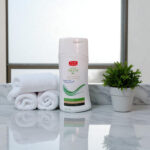
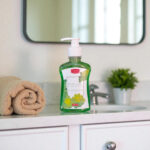



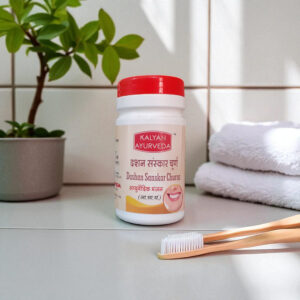
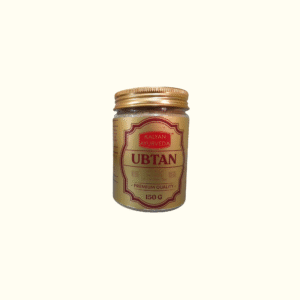
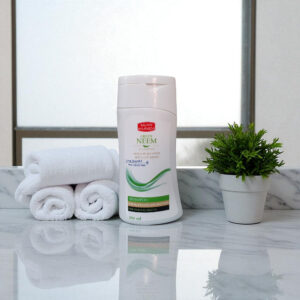
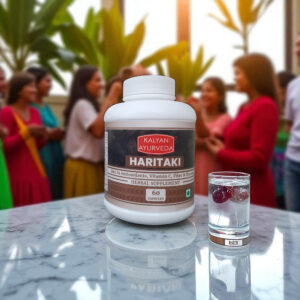

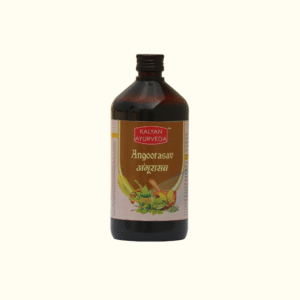
 Natural Handwash
Natural Handwash 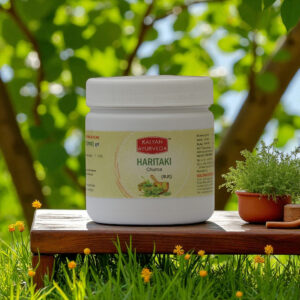 Haritaki Churna
Haritaki Churna  Lehsunad
Lehsunad 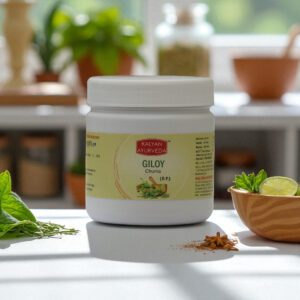 Giloy Churna
Giloy Churna 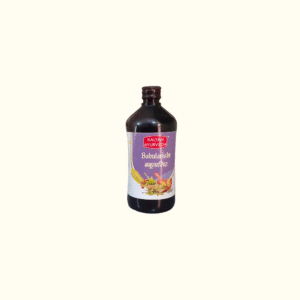 Babularisht
Babularisht
Reviews
There are no reviews yet.